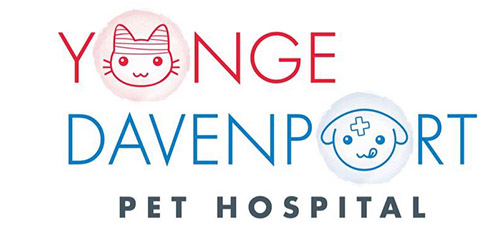Library
-
Cutaneous histiocytosis is an uncommon condition in dogs. It is a non-cancerous increase in the number of reactive cells (histiocytes) caused by an immune system dysfunction. It generally manifests as multiple bumps and nodules confined to the dog's skin. The clinical signs, diagnosis, and treatment of this condition are explained in this handout.
-
Cutaneous papillomatosis is the development of papillomas (non-cancerous growths, or warts) caused by the papillomavirus and affects many pet birds. Commonly affected species are finches, canaries, cockatiels, budgerigars, and African grey parrots. The clinical signs and treatment for this condition are explained in this handout.
-
In cats, diseases of the lower urinary tract (bladder and urethra) are often grouped under the term feline lower urinary tract disease (FLUTD). Typical signs in cats with FLUTD are those of inflammation and irritation of the lower urinary tract. There are many potential causes of FLUTD, and diagnosis is based on assessing clinical signs and laboratory testing. There is no universal treatment for FLUTD. Each case has to be investigated to determine the underlying cause, and then the treatment has to be tailored to the individual cat.
-
Cysts are hollow spaces within tissues that contain either a liquid or a solidified material. Some breeds have a tendency to develop certain types of cysts. Accurate diagnosis relies upon microscopic examination of a piece of tissue. The most common treatment for cysts is surgical removal. It is important to prevent your pet from rubbing, scratching, or otherwise bothering the cysts or the surgical site.
-
Cytology is a useful tool to often diagnose abnormal lumps on your pet's body as well as evaluation of fluid samples and tissue surfaces. It is relatively simple and inexpensive but can provide a lot of information. Depending on results, further tests may be indicated to best help your pet.
-
Cytology is the microscopic examination of cells that have been collected from the body. Lesions on the surface of the skin or from moist body cavities can be sampled very simply by scraping, swabbing, flushing, or making impressions of the tissue. The collected cells get looked at under a microscope and in many cases a diagnosis can be made to determine the best form of treatment.
-
Collecting tissue samples for cytology or histopathology allow a pathologist to often give a diagnosis of the type of mass or tumor your pet has. Samples can be obtained by fine needle aspirate or biopsy, where a piece of the mass is cut out. Based on what the mass appears like under the microscope, the pathologist can often give a prognosis of how the tumor will behave.
-
Cat food labels can be confusing. These labels are an important way that pet food manufacturers communicate nutritional information to consumers. It is important to understand some of the rules regulating cat food labels to better interpret the information they contain.
-
Your veterinarian wants to keep your pet healthy and the fact is that people who are better informed take better care of their pets. Do not be overwhelmed by “medicalese”. Try your best to understand this foreign language and if you cannot quite decipher it, ask your veterinarian to speak more plainly.
-
This handout describes and illustrates this condition, and discusses the causes, clinical signs, diagnosis, and treatment options for degenerative disc disease in dogs. Surgical intervention is specifically outlined and rule-outs for other conditions causing similar signs are also discussed.





